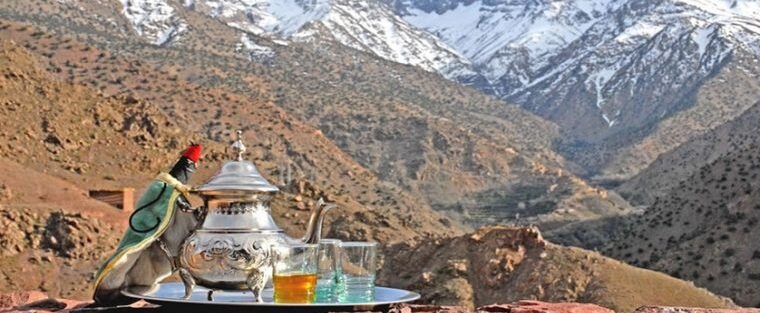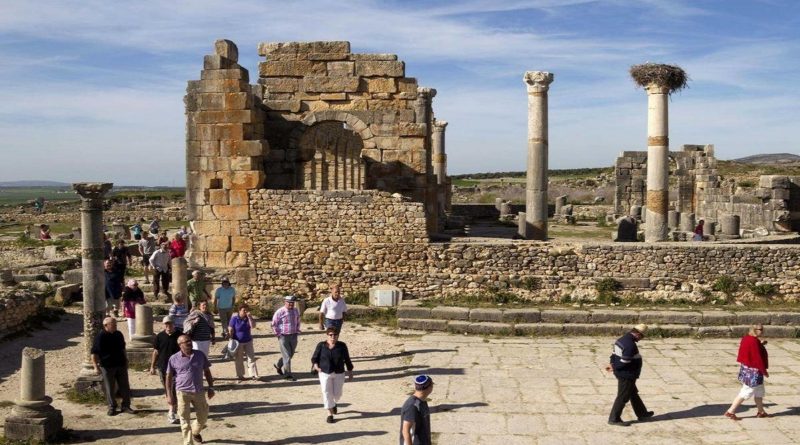The Roman Ruins in Morocco
Morocco, due to its strategic location on the northern tip of the African continent and the Mediterranean, was desired and colonized by many civilizations in the past, many of which left their marks and influence in the local culture. The Roman ruins in Morocco stand witness to the great reach of one of the strongest and greatest empires to have ever existed as it has benefited from Morocco and North Africa as a source of vast wealth for around 300 years of its existence.
The main Roman ruins to visit in Morocco are located in 3 cities, Volubilis near Meknes, Lixus in Larache and Sala Colonia in Rabat.
- Volubilis
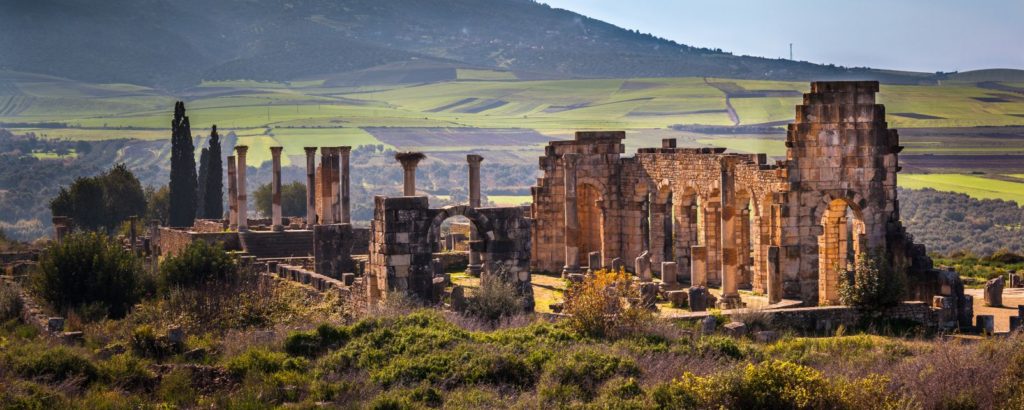
The Roman city of Volubilis (Walili in Arabic) is the most famous and the most visited Roman ruins site in Morocco. Located on the Saiss Plains near Meknes, they make for a perfect choice for a day trip from Fes as the surrounding nature is also stunning. The Roman ruins which you can explore are mainly ancient olive presses, mansions, incredible mosaics, monumental arches and Corinthian columns where you’ll get a true sense of the Roman lifestyle and that of a subsequent medieval Berber town. It’s behind these shops, in the mansions of city’s elite that some of the jewels of Volubilis can be found, the mosaics and carvings with their dominant themes of Greek myths that make this Roman outpost so important. It is a delight to visit the mansions and the museum containing the mosaic of the Labors of Hercules, the Baths of Gallienus and Baths of Forum with their fragmentary mosaics; the House of Orpheus and its Dolphin mosaic and Orpheus Myth; the Cortege of Venus, many of whose mosaics we may only see from the outside yet will get to see the medallions of Bacchus, Diana and the Abduction of Hylas; the Gordian Palace with its bath house and pooled courtyards; the House of the Wild Beast, the House of Nymphs, the House of the Seasons, the House of Flavius Germanus, the Knight’s House with an incomplete mosaic of Dionysus Discovering Ariadne Asleep, the Triumphal Arch , the Capitol and the House of Ephebus with its pictorial mosaics, especially that of Bacchus Being drawn in a chariot by Panthers.
The entry to the museum is only for 7 Euros/person.
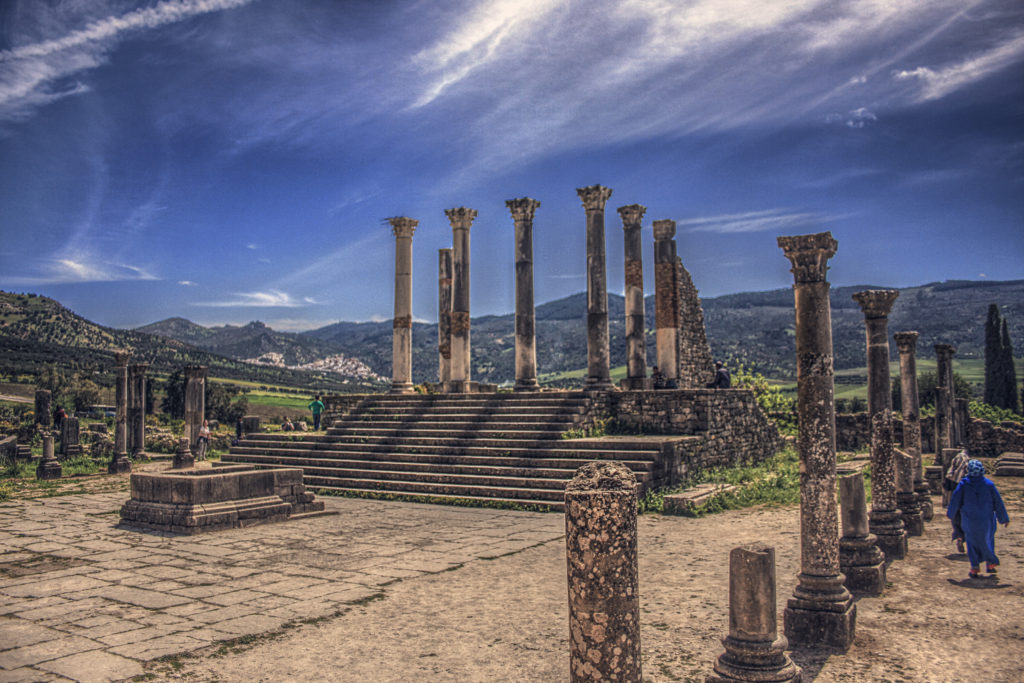
2. Lixus
Lixus are interesting ruins that occupy the slope of a hill overlooking the river Lucus, near Larache, with 62 hectares, the metropolis of Lixus was built by Phoenician merchants in the 8th century BC and was active for almost 22 centuries. Its consecration by UNESCO is under study. These ruins are poorly maintained, if we compare them with Volubilis.
According to the literary tradition, in which traditions and myths are mixed, the Phoenicians who landed on these coasts founded Lixus, whose temple dedicated to Melquart, would be older than that of Gades in Cádiz.
In excavations the oldest remains date from the seventh century BC. Vestiges of a port have been uncovered, since the Lucus at that time was navigable. Next to it there is an industrial area located on the edge of the Rabat road, with more than 150 pools and cutting room, where the salting of fish destined for the consumption of the Roman tables was prepared, using the nearby salt pans that still remain today. This activity reached a remarkable activity between the years 25 a.c- 23 d.c. (reign of King Juba), staying until the fourth century. In the upper part, from which you can enjoy magnificent views of the meanders of the Lucus, is the Necropolis with the vestiges of the great temple, in the style of Carthage. Close to this, we find the oratory topped by an apse, which suggests that it was a church of the first centuries of Christianity and in its surroundings are the hot springs.
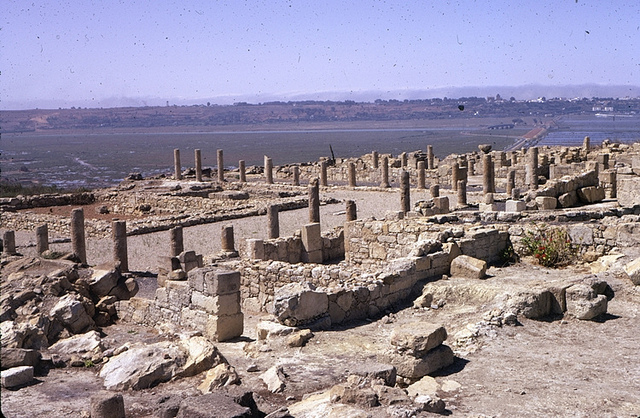
However, this site, despite its wonders and gorgeous nature, river and beach near it, is still not touristic considering its location away from the center of touristic cities in Morocco. It deserves attention and the city near it, Larache is a cozy town which tourists can enjoy visiting to, so we recommend adding these 2 sites to your travel plans in Morocco.
3. Sala Colonia.
Sala Colonia in Rabat is also subject to heavy visits by tourists, which encourages the local authorities to protect these ruins for as long as possible. Sala Colonia (Chellah) is surrounded by its own set of walls, made of the red stone common for that area. The few entrances to the premises possess the form of the region’s characteristic arch, with the main entrance marked by majestic pillars near the northern end of the west wall. Once inside the walls, you see ruins of buildings built before 1100 AD, including seemingly isolated pillars and rocks with readable ancient carvings.
